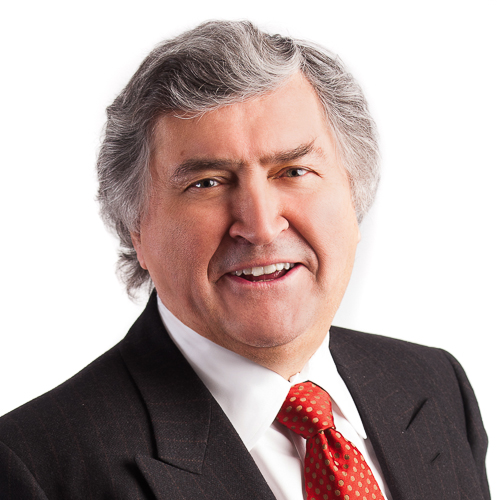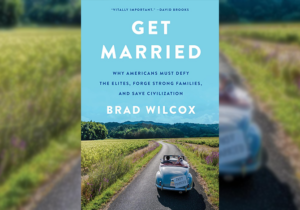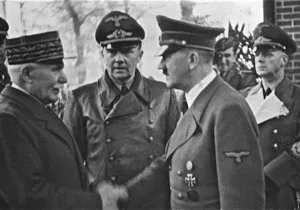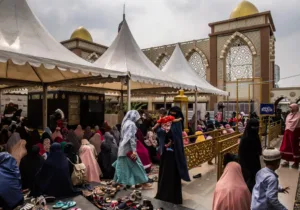The protests by many Canadian truckers against vaccine mandates have, unusually for Canada, drawn worldwide attention, especially so in the United States. They have also been imitated in New Zealand, France, and elsewhere.
The protests deserve attention, especially viewed in the light of recent events in Canada that have been little-known outside the country, and also for what they reveal about the country’s political order and class divisions.
Blockades Are Not New
Blockades are not unusual in Canada. For example, in 2020 after violent attacks on gas pipeline construction workers (which have also taken place in 2022), members of provincial legislatures (similar to American state legislatures) needed police assistance to use alternate entrances to some parliament buildings to get around (mostly peaceful) demonstrators. Protestors blocked several ports and then blocked railroads, which led to the Canadian National Railway shutting down its rail lines east of Toronto—that is, in half of the country. Passenger and freight operations were disrupted in much of the rest of Canada. In some cases, blockades continued for several weeks.
There was widespread sympathy for the 2020 blockades since they involved land claims by some of Canada’s often shamefully treated indigenous people. But the issue was complicated because there were disagreements between elected tribal councils and hereditary chiefs. It also involved intra-indigenous disputes.
Eventually, people in Toronto became angry that their local commuter services were being blocked over a land dispute 2,000 miles away, near the border with Alaska. But there was no denying that the general reception of the 2020 blockades was often very different from that which occurs now, a mere two years later.
Even while the truck convoy was still crossing the country on its way to Ottawa, with no city or bridge or road blockaded, Canada’s largest newspaper, the Toronto Star, ran a cartoon of the convoy with each truck labeled, “fascism.” That a forthcoming peaceful protest against government orders whose demands were then still less than clear should be so labeled seems to indicate that the cartoonist’s political vocabulary is restricted to about three words. Those whom I don’t like are “fascist.”
Class Conflict
In the New York Times, Ross Douthat, quoting the pseudonymous writer N.S. Lyons, argues that “the trucker protests have sharpened a division between ‘Virtuals’ and ‘Practicals’ — meaning the people whose professional lives are lived increasingly in the realm of the ‘digital and the abstract,’ and the people who work in the ‘mundane physical reality’ upon which the virtual society still depends.”
I had been working with a similar, clumsier, but easier to remember division between those who can work sitting down and those who work standing, moving, or otherwise physically exerting themselves. The former often have had the privilege of continuing much of their work remotely during the pandemic and lockdowns. But they have often shown little sympathy for, indeed have strangely shown visceral anger at, those whose jobs, businesses, and livelihoods were destroyed when movement was restricted or forbidden.
Political Reactionaries
When portions of the truckers’ protests turned to civil disobedience and their blockades threatened others’ jobs and livelihoods, the widespread antipathy to and prejudice against the truckers turned vicious. Prime Minister Justin Trudeau repeatedly insulted the protestors, then disappeared, then dithered, and then in a display of weakness masquerading as strength, eventually invoked the Emergencies Act.
Many commentators have said that this is the first use of this legislation. Strictly speaking, this is true. But the law is a 1988 update of the earlier War Measures Act, and each of these is a species of martial law. The War Measures Act at least had the virtue of indicating that its use was to be limited to occasions of war and the like, not to large-scale internal protest.
The War Measures Act was last used in 1970 by a prime minister named—hold on, don’t tell me, it’s coming, will get it in a minute, that’s it, yes, a guy named Trudeau—yes, Pierre Elliot Trudeau, a person actually closely related to his son, who was the next, after 50 years, to invoke martial law and the suspension of civil liberties in a country at peace.
In 1970, the Front de libération du Québec (FLQ), which was continuing a bombing campaign in order to hasten the hoped-for creation of an independent socialist Quebec, had kidnapped British Trade Commissioner James Cross and then Quebec Labour Minister Pierre Laporte. Trudeau Sr. correctly described the FLQ as a terrorist organization but then invoked the War Measures Act. The Act gave the government the authority to interrogate anyone suspected of being involved in the FLQ, and almost 500 people were arrested.
In 1970 I remember driving past the local Downsview airport in the north end of Toronto, 350 miles from Quebec, and seeing soldiers in full battle dress spaced along the airport’s perimeter. I wondered exactly what they were protecting and from whom. Sometimes it is implied that the war measures were used because of the murder of Laporte, but in fact he was butchered several days after the Act was invoked, perhaps even in response to the use of the emergency powers. James Cross was released after being held for 59 days.[1]
Measures Designed to Counter War?
Governments obviously must act when their capital city or major arteries are blockaded or when, as in the past, politicians are kidnapped by real terrorists. But since normal legal processes sufficed in dealing with the widespread 2020 blockades, why do the more limited 2022 blockades require the invocation of martial law, which is appropriate for war and includes the suspension of due process and the use of extrajudicial financial sanctions? Might it depend on whether the protestors are of an approved class, or whether what they are protesting is congenial to elite opinion?
Jason Kenney, the premier of Alberta, is mounting a legal challenge to Trudeau’s ongoing state of emergency, arguing that the law was intended to be used against a coup or insurrection, and that no such thing even remotely exists in Canada.
Canada’s minister of emergency preparedness, Bill Blair, had tried to imply that there was some such threat, claiming, “We will not let any foreign entities that seek to do harm to Canada or Canadians, erode trust in our democratic institutions, or question the legitimacy of our democracy.” But there was no sign that Canada’s sovereignty had been threatened, nor did he offer any evidence. One result is that recent Canadian politics make even recent American politics look comparatively sane, certainly no easy task.
For all of its recently projected image as a peaceable, semi-Scandinavian, country, Canada’s politically related violence, as distinguished from general violence, has been similar to that in the US. But, for all their faults, a range of US governments have not reacted to provocations by invoking martial law as have their counterparts to the North, at least those professedly civil-libertarian counterparts named Trudeau.
[1] For background, see Denis Smith’s Bleeding Hearts, Bleeding Country. The title alludes to Trudeau’s accusation that those questioning his actions were “Bleeding Hearts.”






